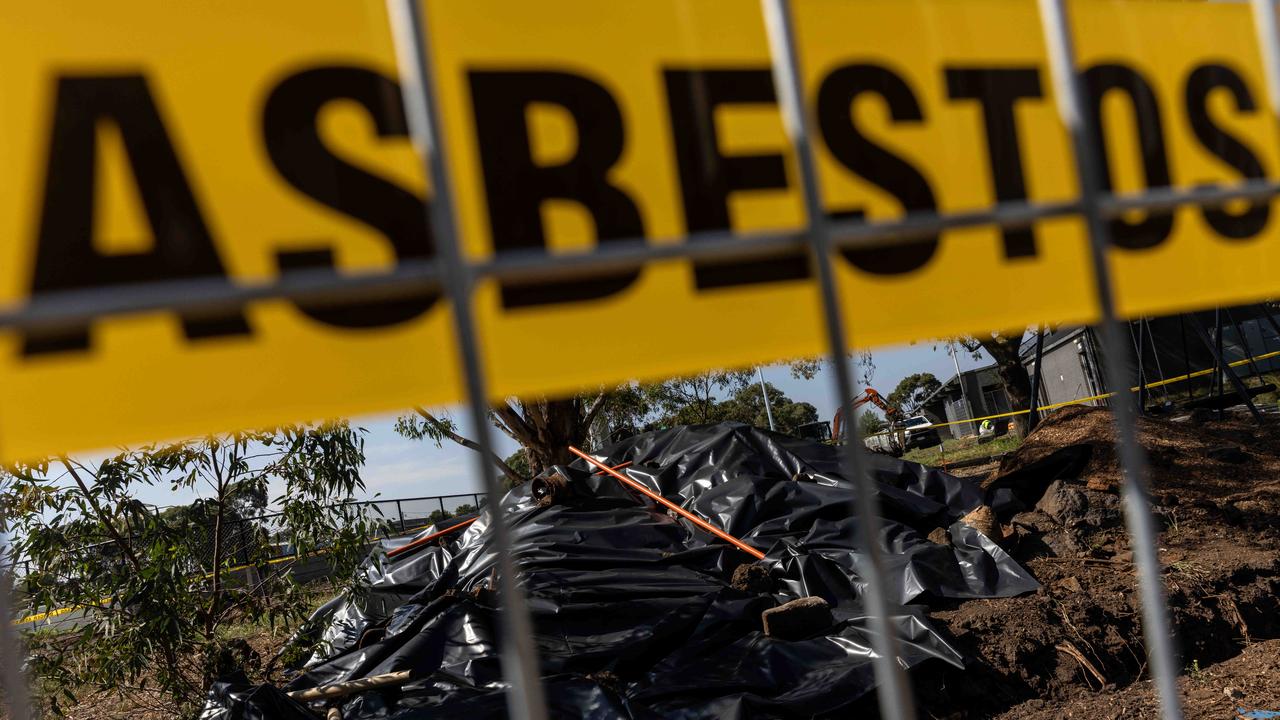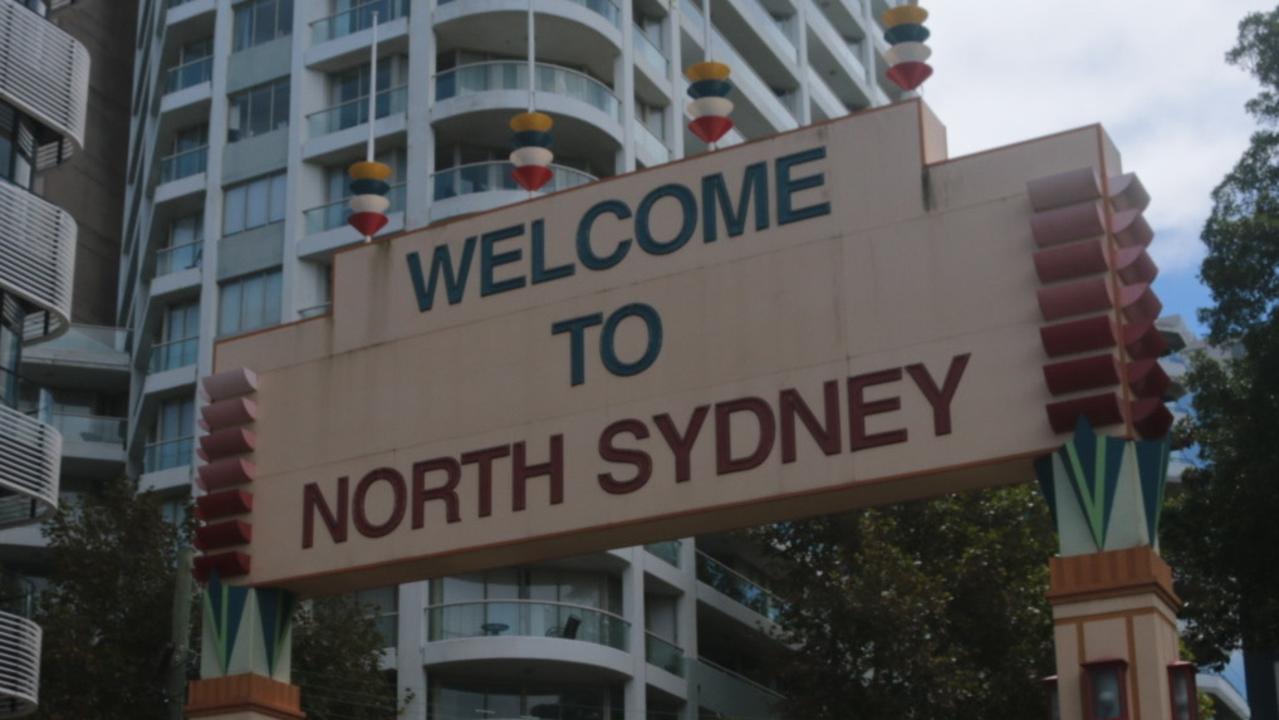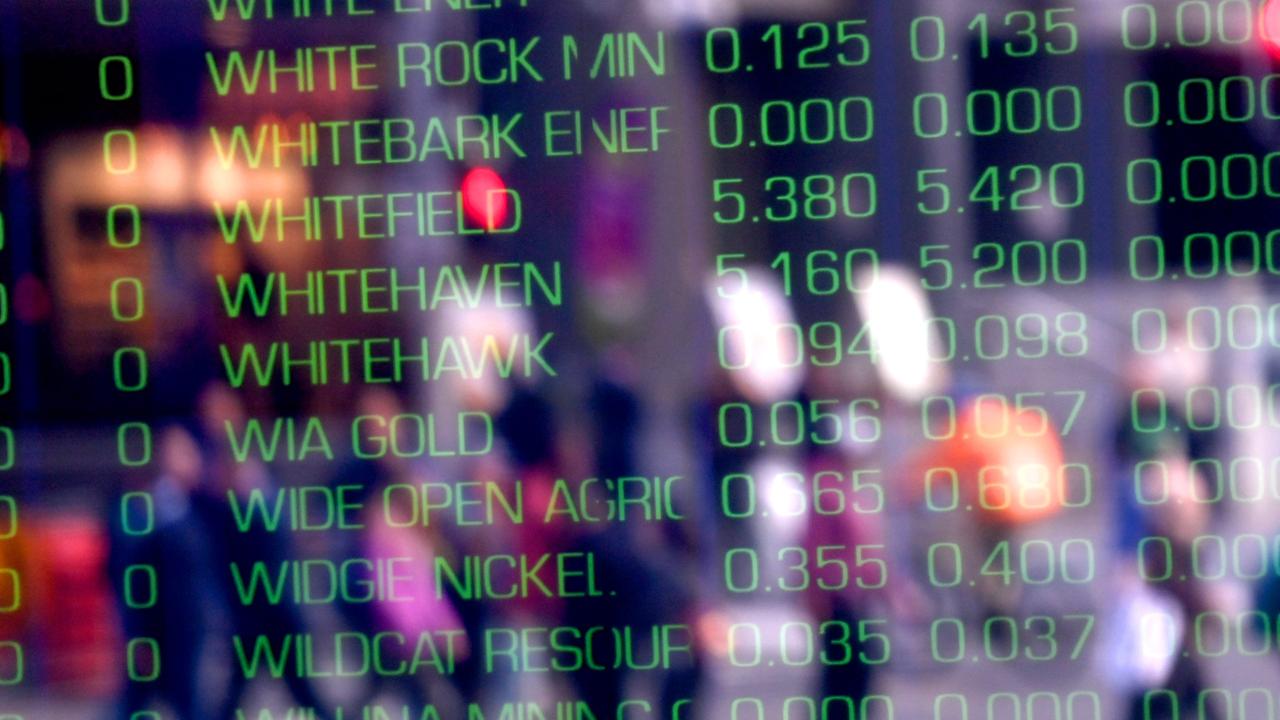Cold, hard economic reality of power supply in Australia
HEATWAVES and blackouts have exposed a “catastrophic failure” in our power system. It all comes down to the almighty dollar.
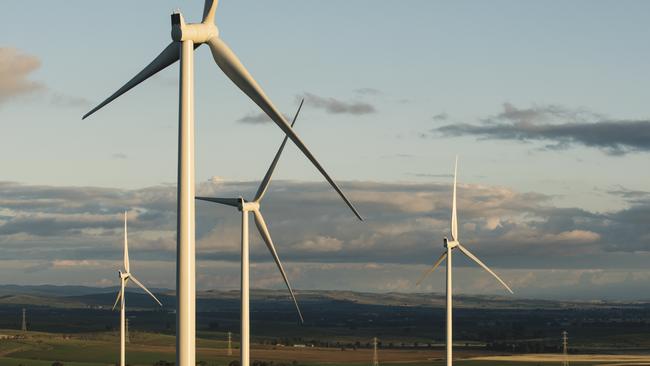
RECENT blackouts and electricity problems have highlighted the cold, hard economics of power supply in Australia.
South Australians were left to swelter on a 42C day last week when the electricity of more than 90,000 residents was cut off because there was not enough power available.
What drew even more outrage was learning that a gas-fired power plant located 20km from the centre of Adelaide sat idle while the state was dying for extra electricity.
The reason why Pelican Point, one of the SA’s newest and most efficient gas-fired generators, chose not to offer its electricity appears to be simple: money.
The increasing use of renewables has changed the electricity market and is throwing up new challenges that Australians will have to address.
Here’s what you need to know.
MONEY MAKES THE POWER GRID GO ROUND
At the centre of the furore around South Australia’s blackouts is why the gas-fired power station Pelican Point did not chose to provide electricity for the state, when it could have.
This may have saved thousands from losing power.
The repeated blackouts in South Australia are costing businesses millions, with the state’s electricity distributor making compensation payments of more than $20 million to about 75,000 customers for one blackout in December caused by a wild storm.
South Australia Energy Minister Tom Koutsantonis said last week there was a problem with the way the electricity market was operating.
“We have an oversupply of generation, yet the market is unable to dispatch that electricity to sufficiently meet our needs,” he said.
“That is a massive, catastrophic failure of the national electricity market.”
But if you look at it from a financial point of view, Pelican Point’s owners Engie may have had more to gain from keeping the plant closed than sending it online.
Tony Wood, energy program director of the Grattan Institute, told news.com.au there was no evidence companies were withholding electricity supply deliberately to get higher prices for their product. But in a private system, companies are out to make money.
Normally wholesale prices for electricity hover about $50 to $70 per megawatt hour (MWh), but during peak times they can get as high as $14,000MWh.
The more power that’s available in the system, the cheaper the price generally becomes. So in times of peak demand, companies can get much more money because supply is scarce.
Only one unit of Pelican Point’s power plant was running on Wednesday and getting its second unit online may have actually brought the price it was getting for its energy.
“If the price for power stays high — at say $10,000 per megawatt hour — and stays there for several hours, (Engie) can make a lot of money,” Mr Wood said.
“But if they start their second plant (sending more power into the system) and the price crashes to $300 per megawatt hour, they don’t make as much money.
“I’m not saying that’s what they did, but it may be one reason they didn’t start the plant.”
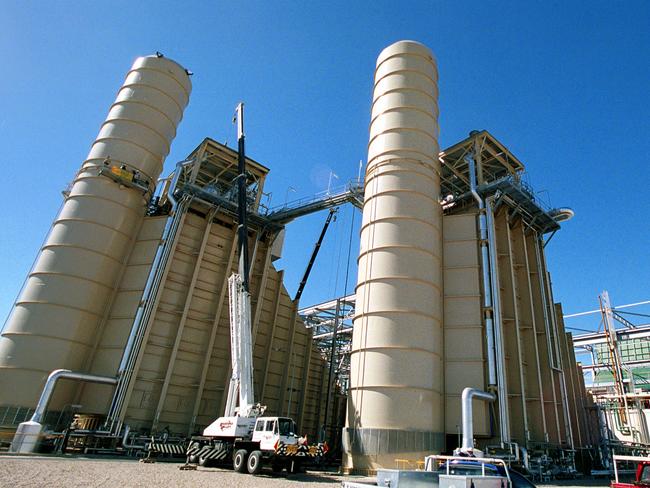
The fact that Engie waited until it was ordered by Australian Energy Market Operator (AEMO) to get its second unit online also means it will be compensated for the cost of starting it up.
When asked why it didn’t offer to do this of its own accord, Engie said it didn’t have a contract for gas to supply the second unit.
This is because Pelican Point has not been working at full capacity in recent years, after being mothballed when the introduction of wind power, which now supplies about 40 per cent of South Australia’s power, was bringing down prices.
Engie has said there is “no commercial rationale” for it to run Pelican Point’s second unit for a couple of days a year.
But an Engie spokesman told news.com.au that once AEMO directed it to start generating, ensuring its costs were covered, it was able to get the plant running fairly quickly.
“We couldn’t accurately forecast how long the plant was going to be required and to guarantee supply, but we were able to implement a short-term measure to run the plant as directed,” the Engie spokesman said.
It appears the owners are happy togenerate electricity to help out in a crisis (when they get exorbitant prices for the energy generated as well as compensation for their start-up costs), but it didn’t make sense for them to bring the second unit online themselves, which brings down the wholesale price of electricity.
The fact that electricity supply is linked between South Australia and Victoria through the Heywood interconnector, also creates an interesting situation because if electricity prices are high in one state, it can help drive up prices in the other.
In Engie’s case, this means that firing up Pelican Point would not only bring down electricity prices in South Australia, but it could also bring down prices for the power produced by its Victorian coal-fired power station at Hazelwood.
“We want generators to maximise their profits but we also want to ensure the market operator is securing supply,” Mr Wood said.
He said there were two questions that should be asked.
“Was there illegal behaviour outside the rules? And are the rules giving us what we need?” he said.
WHO’S TO BLAME?
When South Australia Premier Jay Weatherill faced the media on Thursday about the latest blackout, he was critical of the Australian Energy Market Operator and why it didn’t order the Pelican Point plant to start operating earlier to avoid rolling blackouts, known as load shedding.
Load shedding occurs when authorities deliberately turn off power to certain areas for short periods of time to stop the system from overloading.
The state’s energy minister Tom Koutsantonis said the market was being run by economists who made decisions based on price and the system didn’t necessarily operate in a way that prioritised reliability of power.
“That is why last night, they made a decision that it was easier and cheaper to load shedthan it is to turn on generation. That is unacceptable,” he said.
He said the AEMO was running the electricity system “like it is a stock market” and also noted that there were no engineers sitting on the corporation’s board.
AEMO is the independent body that runs most of Australia’s gas and electricity markets but it is not under the control of the federal or state government, which can only order it to take action in emergency situations.
The organisation is actually partly owned by the government and partly owned by market participants. Its board features many former and current employees of electricity companies, such as Origin Energy.
This includes Stephen Orr, who was the strategy and regulation consultant for GDF Suez Australian Energy, which is now part of Engie and is the part-owner of Pelican Point and Hazelwood plants — until two years ago.
When asked whether there could be a conflict in industry players being on the board, Mr Wood said it was a tricky question.
“If you want people who know what they’re doing to manage something, there is a good chance they have worked in the area you are trying to regulate,” he said.
“I see no problem with the way in which AEMO is structured, but I do think that the way it manages the network no longer suits the 21st century.
“The rules that AEMO uses to operate the market are no longer relevant, especially when you have got so much intermittent wind in the system.”
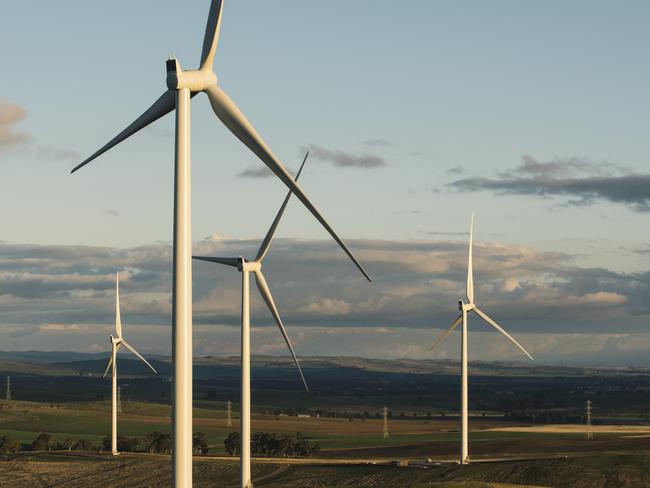
Mr Wood said the Australian Energy Regulator should review the situation and decide whether the actions taken in South Australia were illegal or inappropriate.
But he didn’t think state governments should be actively involved in the energy market on a day-to-day basis. “This is the role of AEMO but we need to get the rules right,” he said.
He also pointed to past governments in Queensland and NSW, which overreacted to power outages because of network issues, but went too far the other way, leaving consumers screaming about high prices after a few years.
“You go too far one way and you get high prices, you go too far the other way, you get blackouts. It’s a very difficult ship to steer down the middle.”
‘WE’VE REACHED A CRUNCH POINT’
Theoretically, if electricity prices are high, this should encourage more generators to provide more power but this didn’t happen in South Australia, even though extra power was available in the system.
Dr Roger Dargaville, deputy director of the Melbourne Energy Institute said this was the first time that there had been an issue with supply and demand since AEMO started running the National Electricity Market in 2009.
“So we don’t really know whether the market signals AEMO is providing is going to create the right investment environment,” he said.
“The market has hit a crunch point,” he said.
While the South Australian Premier has said the government may intervene in the market, Dr Dargaville was cautious about whether it should do this.
“We are talking about a free market, should Coles and Woolworths be told what brands to stock and at what prices?” he asked.
“Once you have a deregulated electricity market, companies will be operating with profit margins in mind.
“In theory a free market operates more efficiently and should provide lower prices, but you lose control of the dynamics.”
CAN WE KEEP PRICES DOWN?
There are plenty of ideas flying around about how to stabilise the electricity system, including through the construction of clean coal, pumped hydro and even building another interconnector.
But these are all likely to increase prices, something that Mr Wood doesn’t believe governments have been honest about.
“I don’t think either the federal, state, Labor or the Coalition governments have been clean with the Australian people that we are going through a significant transition and there will be a cost associated,” he said.
“One reason why we’ve had cheaper electricity is because we haven’t been paying for the environmental damage.”
While he agreed with Prime Minister Malcolm Turnbull that the states may have set unrealistic renewable targets, he said they were doing it because the federal government didn’t have a credible climate policy.
“The federal government can only credibly criticise the states if they have their own climate policy in order.”
Wholesale electricity prices are already expected to rise due to the closure of SA’s coal-fired Northern plant in May 2016 and the future closure of the Hazelwood coal-fired power station in Victoria, as well as rising gas prices.
According to analysis provided to The Australian from the Australian National University, electricity prices have already increased by 106 per cent over the past 10 years.
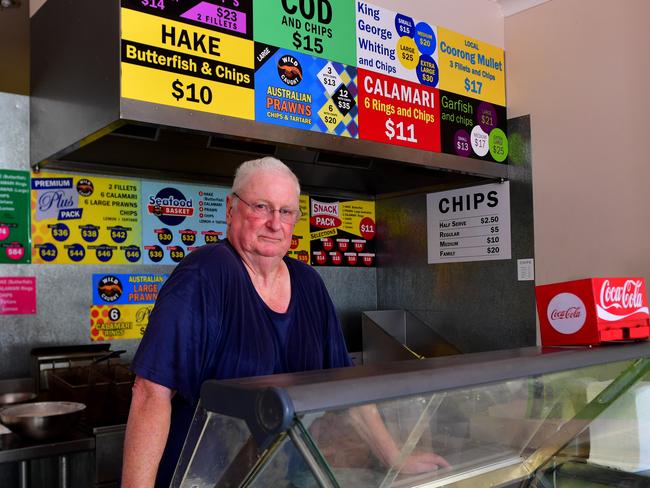
While many have blamed South Australia’s reliance on renewables for driving up prices, consumers living in the coal-heavy state Queensland, as well as those in Tasmania, are paying the highest prices in Australia.
Queensland experienced the biggest jump with prices rising by 135 per cent since 2007.
Victoria had a 117 per cent increase and NSW prices grew by 108 per cent.
Professor Simon Bartlett of the University of Queensland, said those states had higher prices because they were situated at end of the National Electricity Market’s grid, and only had one interconnector each.
This compares to Victoria and NSW, which both have two interconnectors, giving them access to two different sources of electricity when their own power supply falls short.
Prof Bartlett said building another interconnector between South Australia and Queensland could give both states to another option for electricity.
In the short term, Mr Wood said changes needed to be made immediately to AEMO’s decision making, taking into account recent events and whether it should be more cautious when it comes to relying on wind power.
“Changing the rules of use needs to be a priority,” he said.
Mr Wood said it should consider how to make ensure Pelican Point is operating next summer and that no maintenance is scheduled at NSW’s key power plants during February and March.
“This isn’t just about extra generation, it’s about managing demand,” he said.


